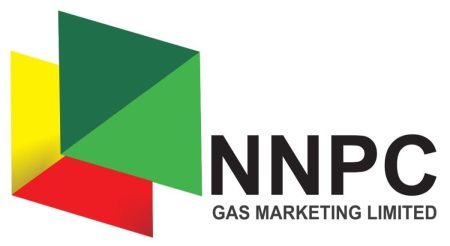 5 December 2011, Sweetcrude, LONDON – Analysts say global energy exploration and production spending will rise by 10% in 2012, to reach $598 million. The growth is expected to be driven by higher oil prices.
5 December 2011, Sweetcrude, LONDON – Analysts say global energy exploration and production spending will rise by 10% in 2012, to reach $598 million. The growth is expected to be driven by higher oil prices.
Barclays Capital, in making the prediction, surveyed some 350 oil and gas companies globally about their spending intentions for the coming year for the research.
The group sees the potential for “considerable upside” to the ultimate increase, Reuters reported on Monday.
The rise would likely centre on Latin America, Africa, Europe, the Middle East and Russia, according to the analysts.
Regionally, capital expenditure is seen rising 21% in Latin America, 14% in Africa and 42% in the former Soviet Union and CIS countries.
In Latin America, Barclays Capital highlighted a “significant step up in activity” by Pemex in Mexico, an aggressive capital programme for Ecopetrol in Colombia, and Petrobras’ continued deployment of capital in support of its pre-salt development plan.
Spending in Africa is projected to rise as civil unrest and political disruptions in North Africa and other areas abate, and the supermajors begin work on large projects and new discoveries in East and West Africa, Barclays Capital said.
Higher oil prices are driving this spending, but companies’ conservative estimates leave the door open for more. Barclays Capital said oil and gas companies were basing their 2012 capital expenditure budgets on an average oil price of $87 a barrel for US crude and $98 a barrel for Brent.
Brent crude futures are currently trading at about $110.64 a barrel whilst US crude is at around $101.40 a barrel.
“We believe the majority of companies have taken a conservative approach in setting their initial 2012 budgets, and current oil prices levels (if sustained) would suggest that there is considerable upside to our current forecasts as we move throughout the year,” said Barclays Capital.
As a result of this pick up in spending, Barclays Capital sees oil service, equipment and drilling companies significantly outperforming the broader equity market over the next few years.
It particularly favours the large-cap diversified companies such as Schlumberger, Baker Hughes, Halliburton and Weatherford, as well as capital equipment companies Cameron and National Oilwell Varco.



